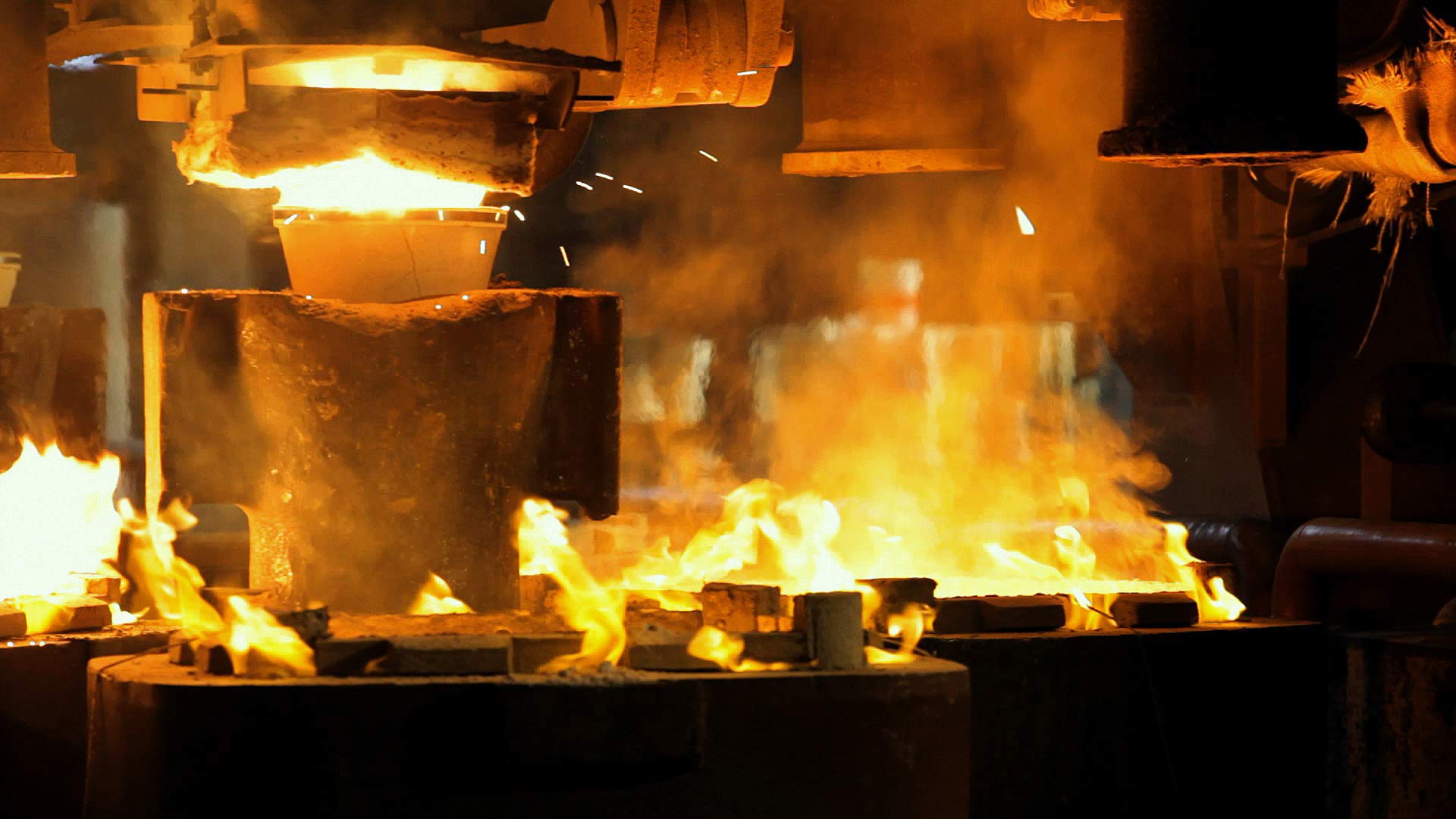Choose the measure unit in which display the data:
Valbruna Grade
APMLD2
Steel type
Austenitic Stainless Steel
Description of material
APMLD2 is a low-carbon austenitic stainless steel with more Nickel and Molybdenum than type 316L series steels .It offers good general, pitting , and crevice corrosion resistance as well as good intergranular corrosion resistance after welding processes and in all applications where an increased requirement of corrosion resistance were demanded.
Applications
APMLD2 is suitable for the fabrication of many products such as flanges, valves, bolting, pump shafts, food /beverages industry equipment , heat exchangers, storage tanks, paper production equipment and parts working in medium corrosive environments where type 304L /T316L steels don’t offer sufficient corrosion resistance. APMLD2 is widely used in urea plant.
Corrosion resistance
APMLD2 is resistant to fresh water, several organic chemicals and inorganic compounds , atmospheric corrosion, , marine environments ,rural applications , many products used in Chemical processing and sterilizing solutions . In sea water, this grade is more resistant to pitting than type 304/304L and 316L. However, pitting and crevice corrosion may occur in environments if the chloride and halogens concentrations, pH and temperature are at determinate levels. As with other standard austenitic grades, APMLD2 suffers from stress corrosion cracking about fifty degrees (C°) above room temperature and above certain levels of stress and halogen concentrations. Strain hardened structures increase the risk of stress corrosion cracking. It should be noted that this grade, as for every kind of stainless steel, surfaces should be free of contaminant and scale, heat tint, and passivated for optimum resistance to corrosion.
Cold working
APMLD2 is readily fabricated by cold working operations such as cold drawing and bending and allows cold heading thanks to its higher Nickel and low Carbon contents. Its structure after cold deformation is less hard than AISL and APML.
Machinability
Austenitic grades are different from Ferritic and Alloy steels and require more rigid and powerful machines in addition to the correct choice of tools, coatings and cutting fluids. The Austenite structure is prone to transform in to α’Martensite caused by strain hardening of the tool on the surface of the work piece. Even if APMLD2 has a hardening factor lower than AISL / APML, the knowledge of this behavior must be correctly considered when a piece requires two or several cutting steps to be finished. The layer of α’Martensite is very hard and, if the subsequent turning or milling processes work on this hardened layer, a rapid tool wear could happen. The tool must work under this layer. APMLD2 has a very slight micro-re sulphured structure and this offers a certain level of chip-ability compared to none sulphured grades.
Weldability
APMLD2 has a special chemical composition which should help to avoid solidification cracks in the fused-zone of autogenous welds. Nevertheless, it is suggested to pay attention because high energy density autogenous welds require an evaluation of the Creq/Nieq ratio due to the higher Ni content. This may result in a change in solidification mode from primary ferrite to primary austenite increasing the risk of solidification cracking susceptibility. This kind of welding requires a particular care and technics in the case of a fully austenitic structure. APMLD2 can be welded without PWHT due to its low carbon content which avoids the precipitation of Cr-Carbide on the grain boundaries. However, in the case of aggressive environments or of risk of stress corrosion, a PWHT should be considered. In the case of filler metal welding, a filler with a matching composition of APMLD2 or over-alloyed is recommended to maintain weld steel properties. In solid state joining such as Friction Welding, APMLD2 provides a quality bond line.
Hot working
No preheating is required for this grade. In Primary hot transformation processes, a high temperature homogenization of large ingots and dynamic recrystallization parameters should be rightly evaluated. In the case of open die forging of large ingots and shapes, APMLD2 offers a good hot plasticity if a suitable soaking and a right temperature are applied. In Secondary hot transformation processes, such as extrusion, rolling or close die forging, temperatures, strain and strain rate should be well considered because they influence the properties of the austenitic structure. Suitable strain in terms of section reduction ( for instance: 15-30%) at a lower range of hot working temperature is recommended in order to obtain fine grain austenitic structure which is very important for mechanical , fatigue and corrosion resistance properties and make ultrasonic testing easier to detect small indications as required by several International Norms. Small forgings can be cooled rapidly in air or water.
Designations
| W.N. | 1.4435 |
|---|---|
| EN | X2CrNiMo18-14-3 |
| BS | 316S13 / 316S14 / 316S33 |

